These Japanese villages maintain traditional crafts in specialized workshops. Ogimachi produces silk goods, while Okawachiyama creates Nabeshima ceramics. The villages of Inami and Hida Takayama focus on wood carving. Wajima produces lacquerware using century-old techniques, and Arita is the birthplace of Japanese porcelain. Each location continues specific manufacturing methods passed down through generations.
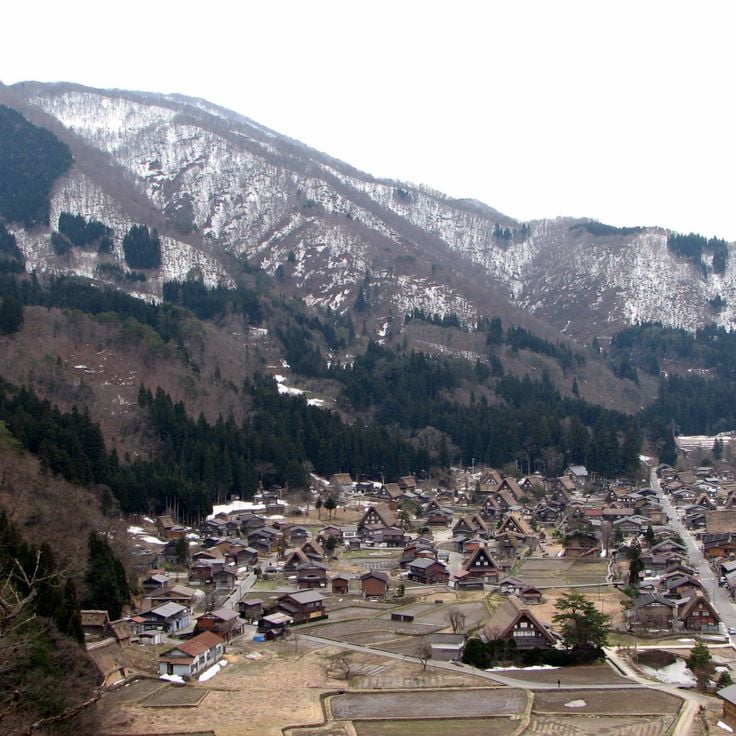
Shirakawa-go, Japan
Local farmers inhabit traditional houses with steep thatched roofs and practice silk cultivation in the upper floors.
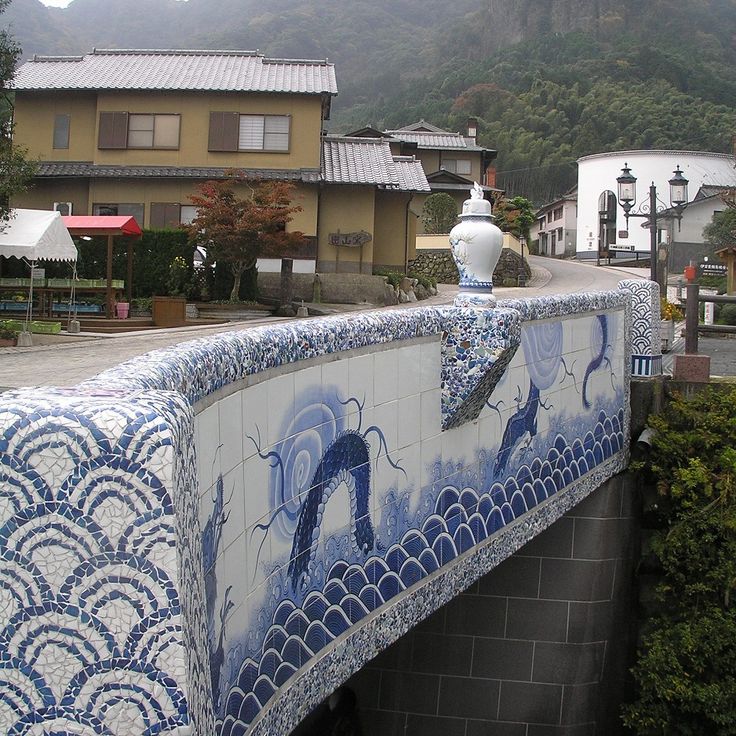
Imari, Japan
This village has produced high-quality Nabeshima ceramics for Japanese feudal lords since the 17th century.
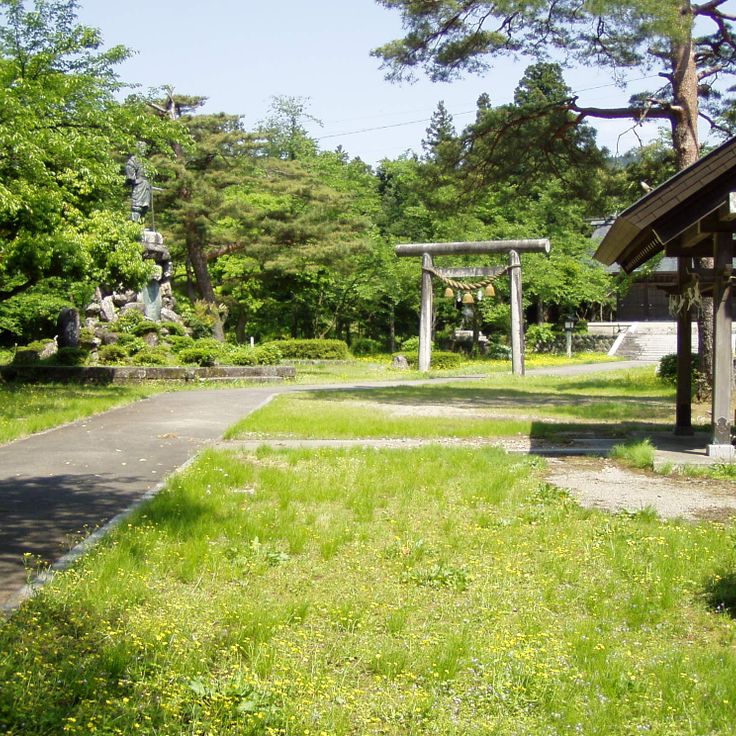
Toyama Prefecture, Japan
Craftsmen have created fine wood carvings here for centuries, decorating temples and traditional buildings.
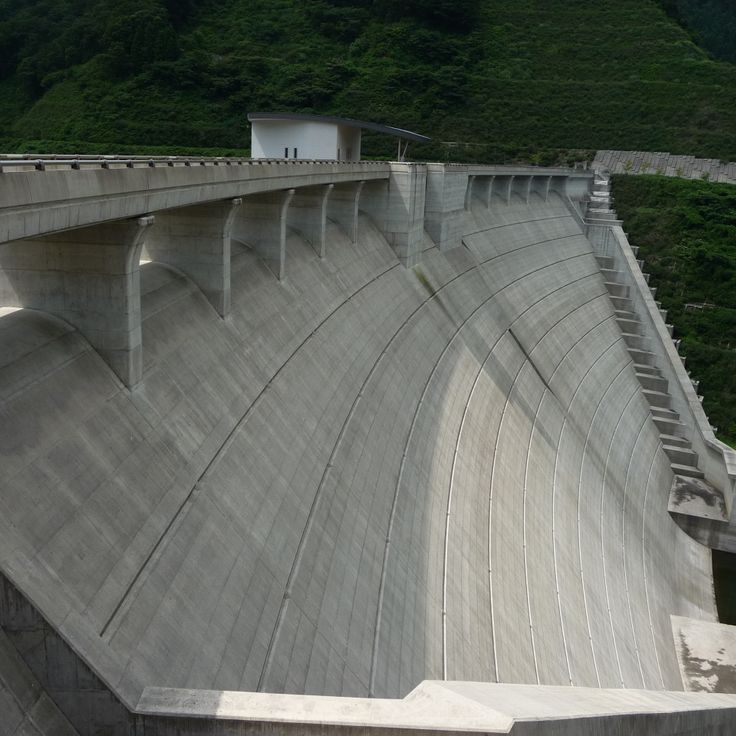
Ishikawa Prefecture, Japan
The local pottery workshops produce porcelain with green, blue, yellow, purple, and red glazes.
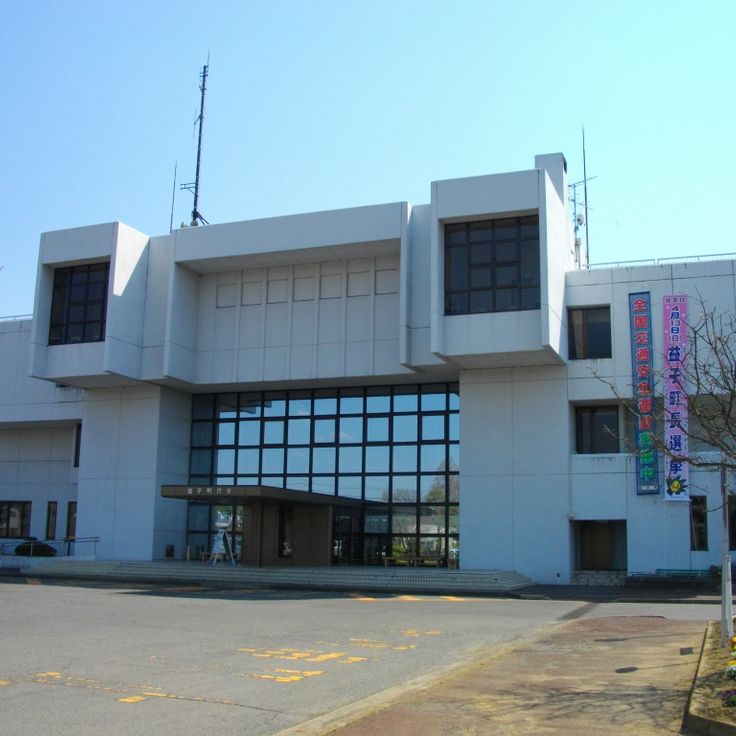
Tochigi, Japan
A center of Japanese pottery craft with over 380 workshops producing traditional ceramics following methods established by Shoji Hamada.
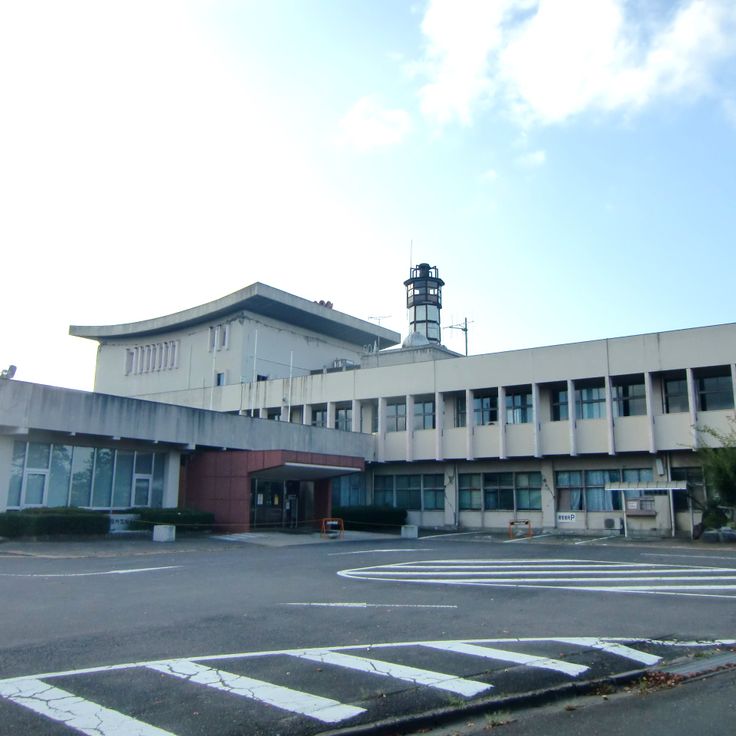
Ibaraki, Japan
This town houses over 250 pottery workshops and a modern art museum that regularly exhibits local craftwork.
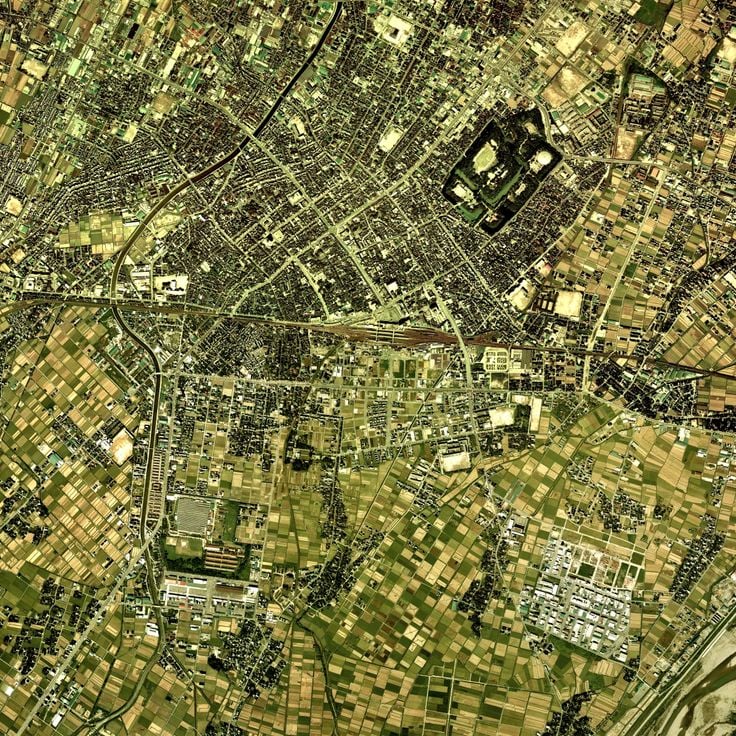
Toyama, Japan
A traditional metal crafting center since 1611, known for bronze bells, tea ceremony utensils and decorative metalwork.

Nara, Japan
An area with centuries of woodworking tradition where craftsmen process cedar for temples and traditional houses.
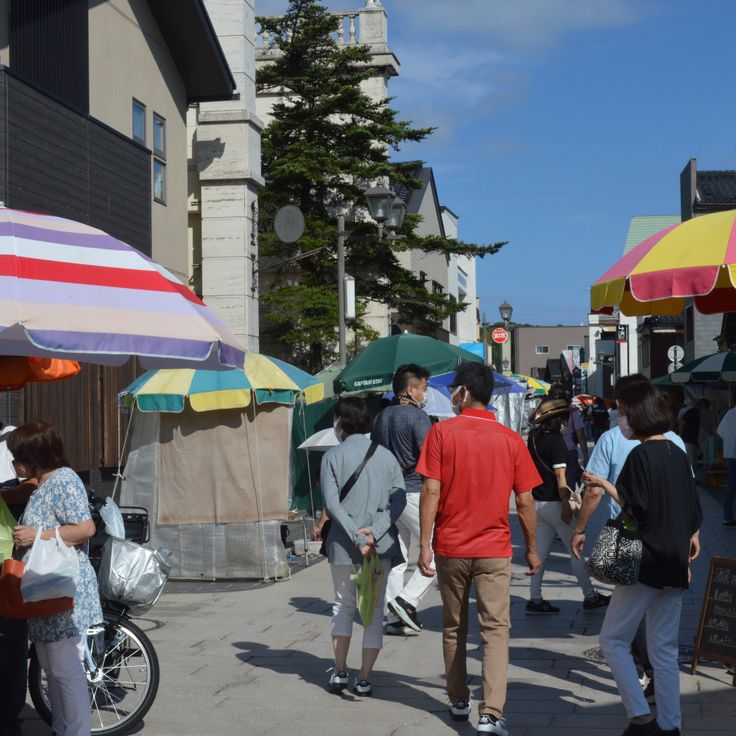
Ishikawa Prefecture, Japan
This town has produced traditional lacquerware using the Wajima Nuri technique since the 14th century, applying multiple layers of red and black resin.
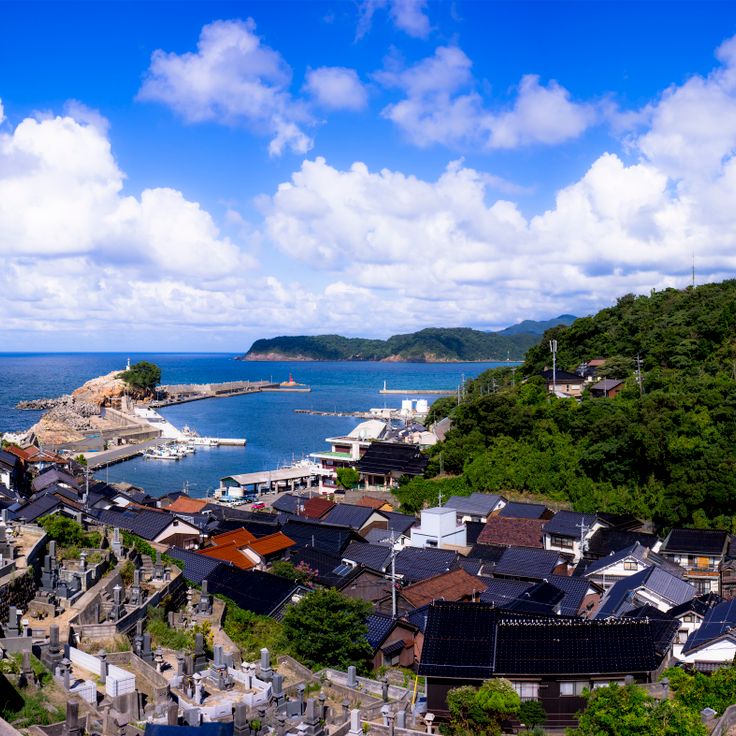
Shimane Prefecture, Japan
The region produces handmade paper using a 1300-year-old method that incorporates mulberry tree bark.

Fukui Prefecture, Japan
The papermakers of this region have produced handmade washi from local plant fibers using traditional methods for 1500 years.
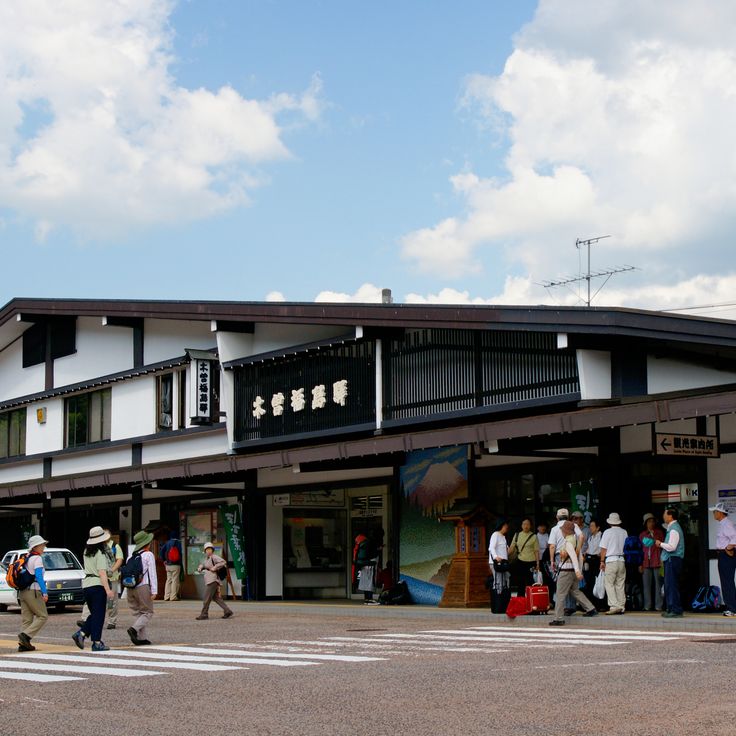
Nagano Prefecture, Japan
This town processes local hinoki cypress wood into traditional furniture and objects since the Edo period.

Gifu Prefecture, Japan
The center of Japanese woodworking, where craftsmen have created furniture and buildings from local timber for centuries.
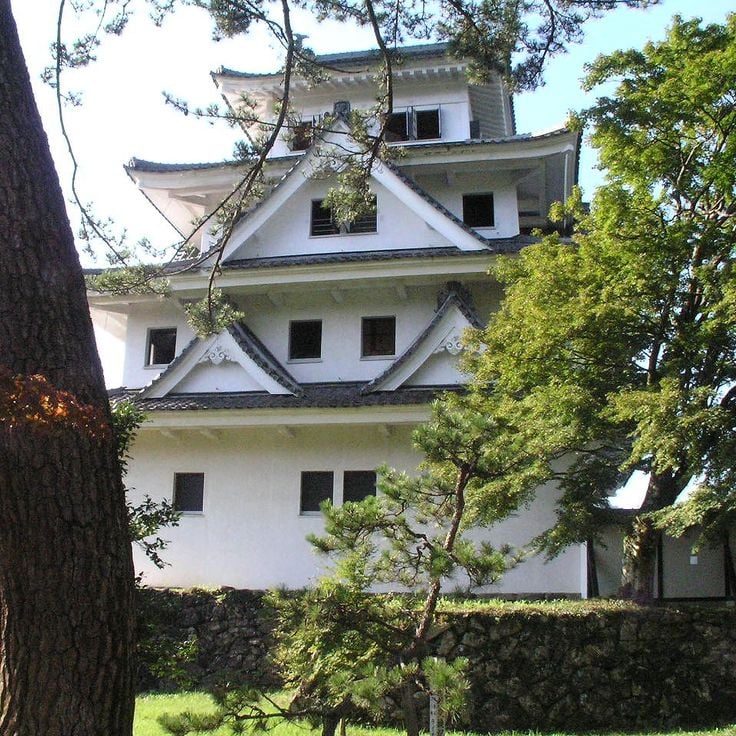
Gifu Prefecture, Japan
A cultural center for traditional Japanese dances, where people gather from across Japan during summer.
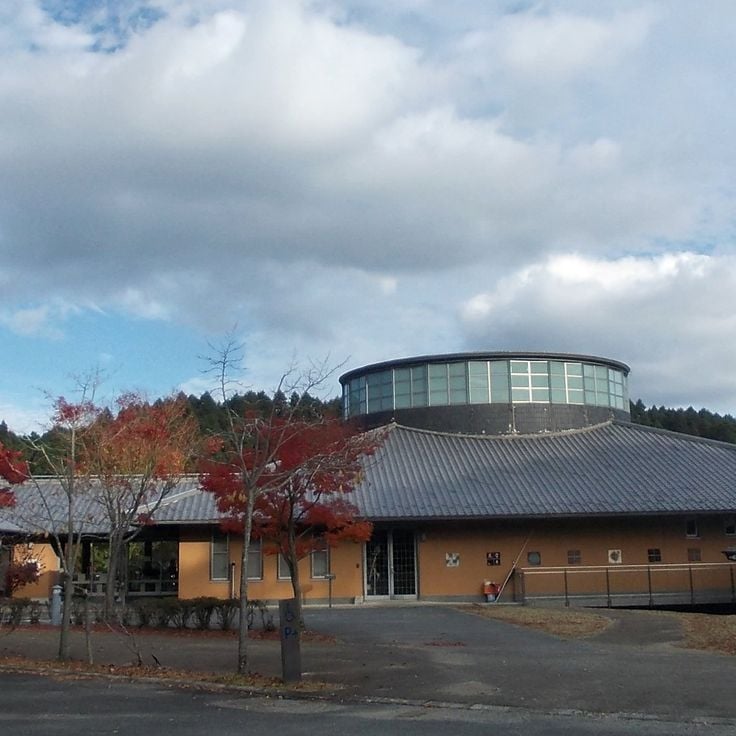
Fukuoka Prefecture, Japan
The potters of this village have produced handmade ceramics using traditional techniques since the 17th century.
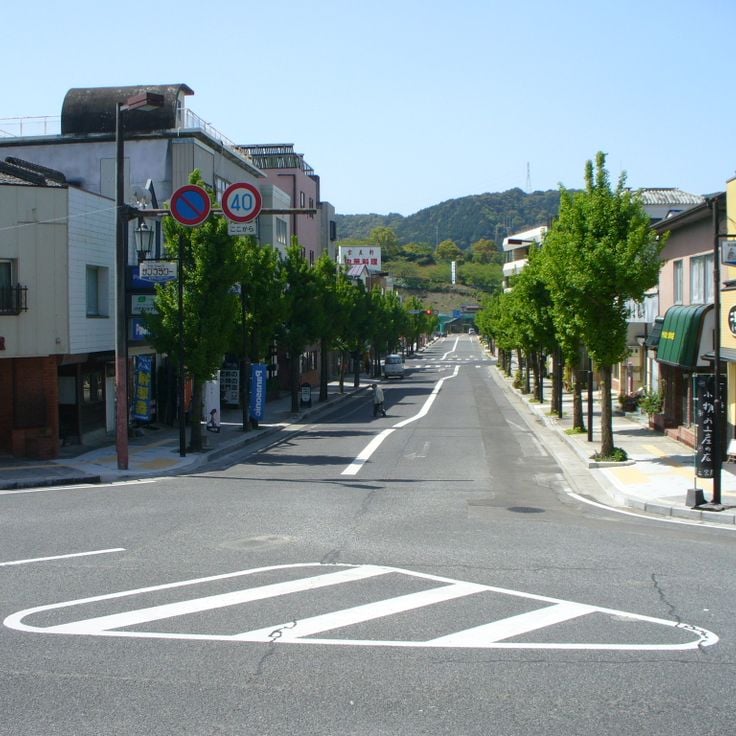
Saga Prefecture, Japan
This village started porcelain production in 1616 and became Japan's first porcelain manufacturing center.

Okayama, Japan
A traditional craft center known since the 6th century for its unglazed pottery with natural iron oxide discolorations.